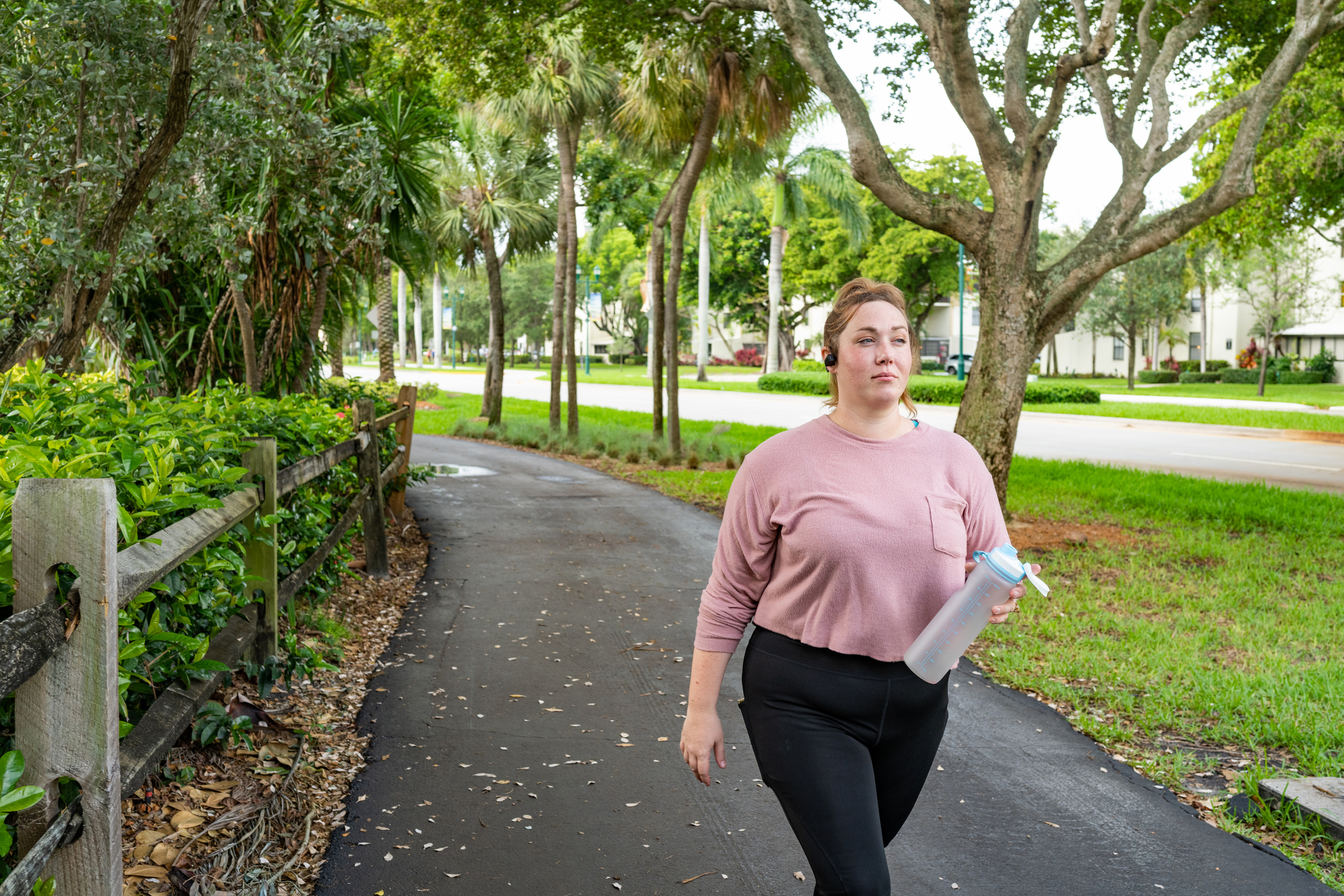Get Easy Health Digest™ in your inbox and don’t miss a thing when you subscribe today. Plus, get the free bonus report, Mother Nature’s Tips, Tricks and Remedies for Cholesterol, Blood Pressure & Blood Sugar as my way of saying welcome to the community!
Neighborhoods that decrease cancer risk have a common thread

There’s no doubt about it — Americans are getting heavier and so are our health problems.
From 1999-2000 through 2017-March 2020, obesity rates in the U.S. soared from 30.5 percent to 41.9 percent. During that same period, the prevalence of severe obesity nearly doubled from 4.7 percent to 9.2 percent.
Obesity carries with it some dangerous health risks, including obesity-related cancers — and those cancers are rising while others are decreasing.
The Centers for Disease Control and Prevention reports that 40 percent of cancers diagnosed in the United States are associated with being overweight or obese.
Previous research found that one thing can ratchet those cancer odds up even more — being both obese and metabolically unhealthy.
That’s a cancer combo no one wants, but there’s a way to go after both problems — both the weight issue and the metabolic issue, like a higher body mass index (BMI) — and take that cancer risk down…
A common thread among the cancer-free
Researchers followed 14,274 women over nearly three decades. The women were between the ages of 34 and 65 and recruited at a mammography screening center in New York City between 1985 and 1991.
By the end of 2016, about 18 percent of the total number of women studied had contracted a first obesity-related cancer. Out of those participants, 53 percent had postmenopausal breast cancer, 14 percent had colorectal cancer and 12 percent had endometrial cancer.
But during follow-up, the researchers discovered something that women who were less likely to get these cancers had in common…
The researchers measured neighborhood walkability in each participant’s residential Census tract. Then, they analyzed the link between walkability and risk of overall and site-specific obesity-related cancers.
The study found women who lived in neighborhoods with higher walkability levels had lower risk of obesity-related cancers, particularly postmenopausal breast cancer. Walkability also provided moderate protection against endometrial cancer, ovarian cancer and multiple myeloma.
In fact, those women living in areas in the top 25 percent of walkability had a 26 percent lower risk of obesity-related cancers compared with those living in neighborhoods in the bottom 25 percent of walkability.
“These results contribute to the growing evidence of how urban design affects the health and wellbeing in aging populations,” said Andrew Rundle, DrPH, professor of epidemiology at Columbia Mailman School.
Individual-level interventions to increase physical activity and reduce obesity are costly and often have only short-term effects, according to the researchers.
“However, urban design can create a context that promotes walking, increases overall physical activity, and reduce car dependency, which could lead to subsequent improvements in preventing diseases attributed to unhealthy weight,” Rundle observed.
Walking can take down obesity-related cancer risk
The stats are sobering about why we must break the link between obesity and cancer:
- From 2005 to 2014, most cancers associated with overweight and obesity increased in the United States, while cancers associated with other factors decreased.
- During this time, the rate of new cancers associated with overweight and obesity (except colorectal cancer) increased by 7 percent, while the rate of new cancers not associated with overweight and obesity dropped by 13 percent.
- Breast cancer after menopause is the most common obesity-associated cancer among women. Colorectal cancer is the most common obesity-associated cancer among men.
Per the CDC, overweight and obesity can cause changes in the body including long-lasting inflammation and higher than normal levels of insulin, insulin-like growth factor, and sex hormones. These changes may lead to cancer.
But whether you live in a walkable neighborhood, there are a couple of things you can do to mimic walkability…
- Park far away from entrances when you shop, run errands or go to work.
- Take the stairs instead of an elevator.
- Dedicate a specific block of time for walking in your daily schedule, either on a treadmill, a mall, a school track or your neighborhood if it’s walkable. Aim for 20 minutes to start, then gradually increase it from there.
Dieting and walking can have a bigger impact than walking alone, but walking is undoubtedly a great start.
Editor’s note: Discover how to live a cancer prevention lifestyle — using foods, vitamins, minerals and herbs — as well as little-known therapies allowed in other countries but denied to you by American mainstream medicine. Click here to discover Surviving Cancer! A Comprehensive Guide to Understanding the Causes, Treatments and Big Business Behind Medicine’s Most Frightening Diagnosis!
Sources:
Women living in more walkable neighborhoods have lower rates of obesity-related cancers — EurekAlert!
Long-Term Exposure to Walkable Residential Neighborhoods and Risk of Obesity-Related Cancer in the New York University Women’s Health Study (NYUWHS) — Environmental Health Perspectives
Adult Obesity Facts — Centers for Disease Control and Prevention












